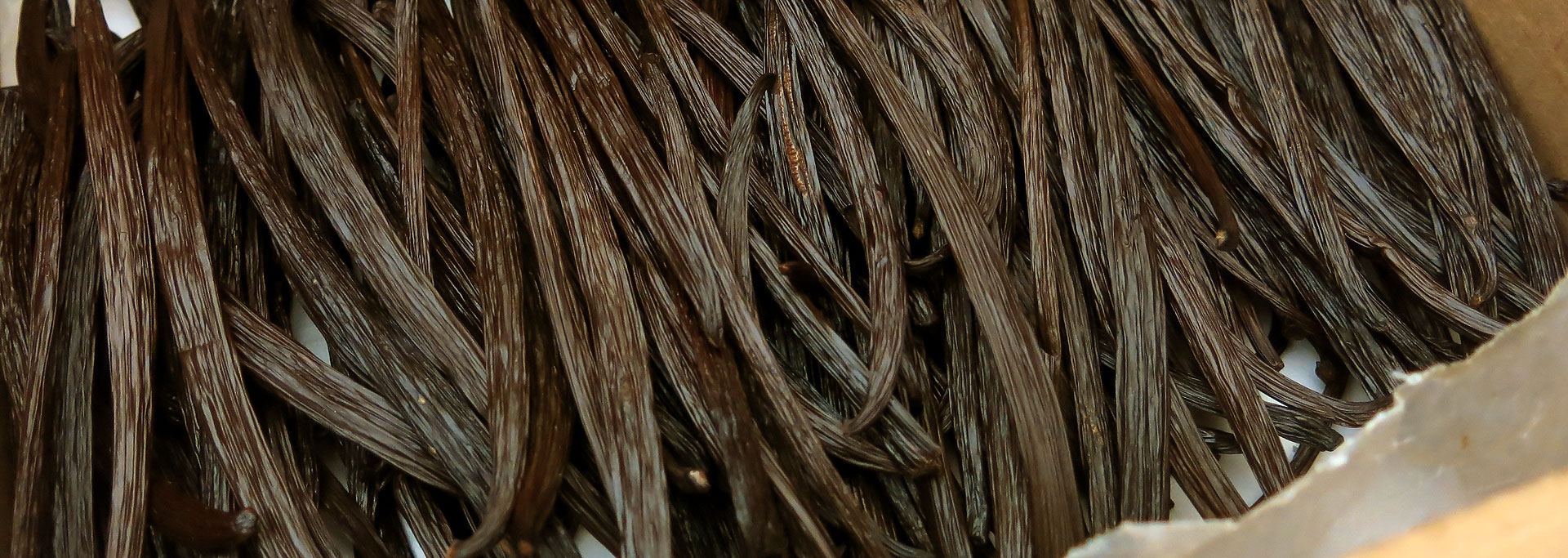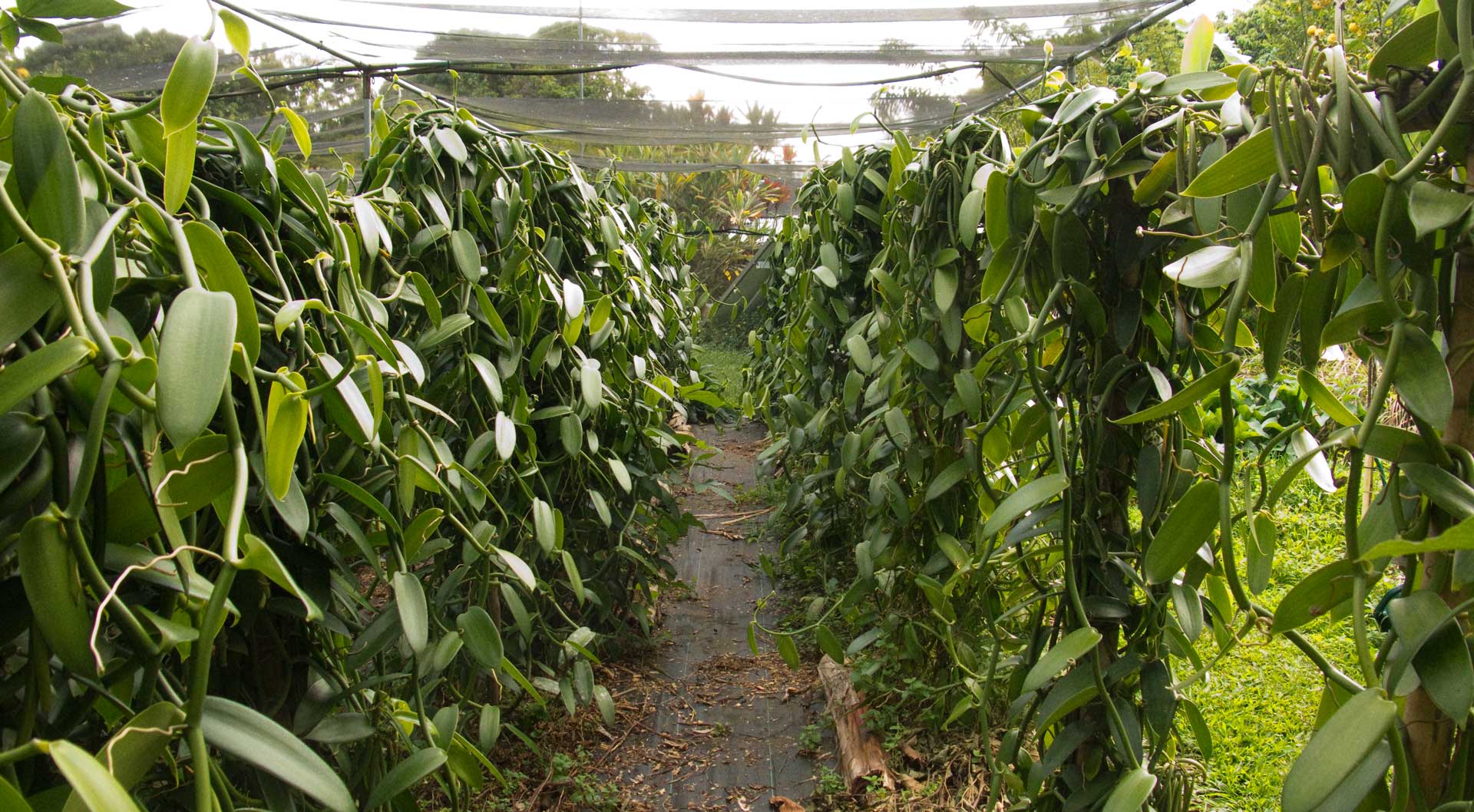
In the first season of fruit in the vanillery, I let a couple of beans ripen naturally, as I sometimes do when they’re too small or overripe. When they ripen on the vine, they split open, turn black and eventually the tiny, tiny seeds come out. I guess if things are just right where those seeds fall, they will germinate and grow into new vines. This is, in my experience, pretty unusual. Most of the time none of those seeds sprout, and the little vines that emerge aren’t tough like full-grown vanilla, they’re extremely delicate. It wouldn’t take much going wrong for that sprout to not survive. Near one of the bamboo posts in the vanillery, it looks like the conditions were just… (read)
Full Article…










